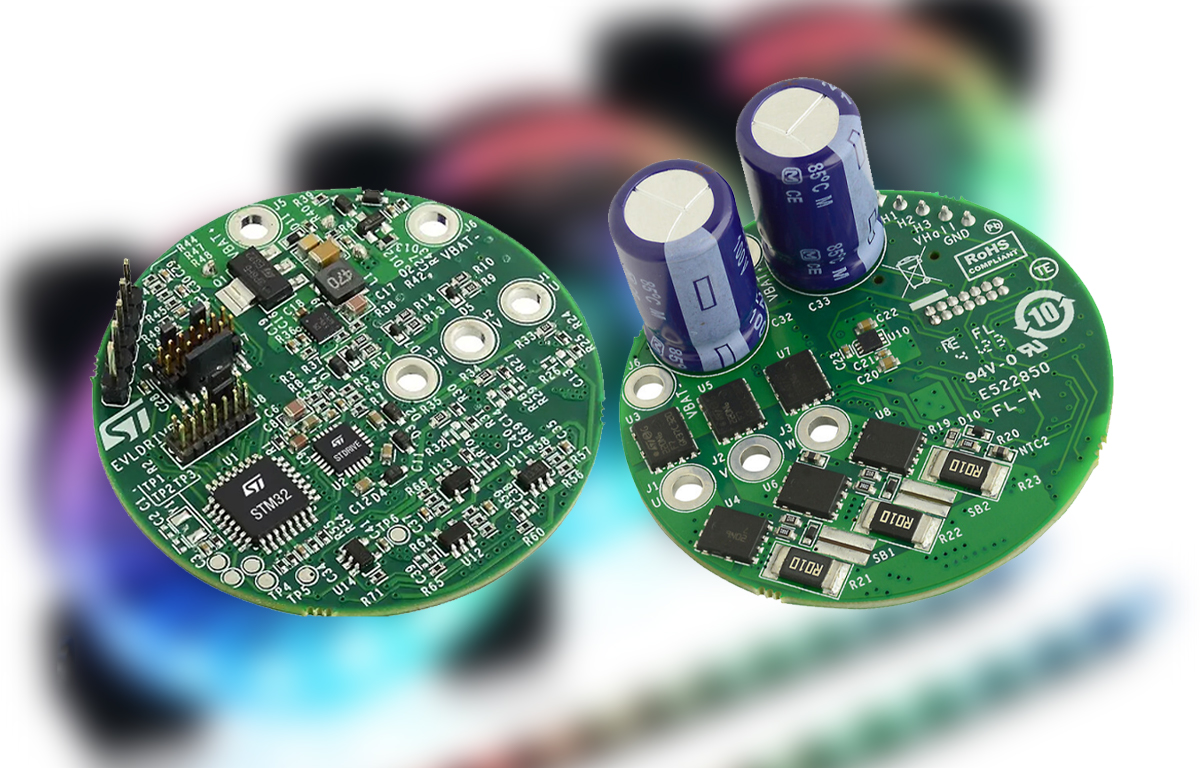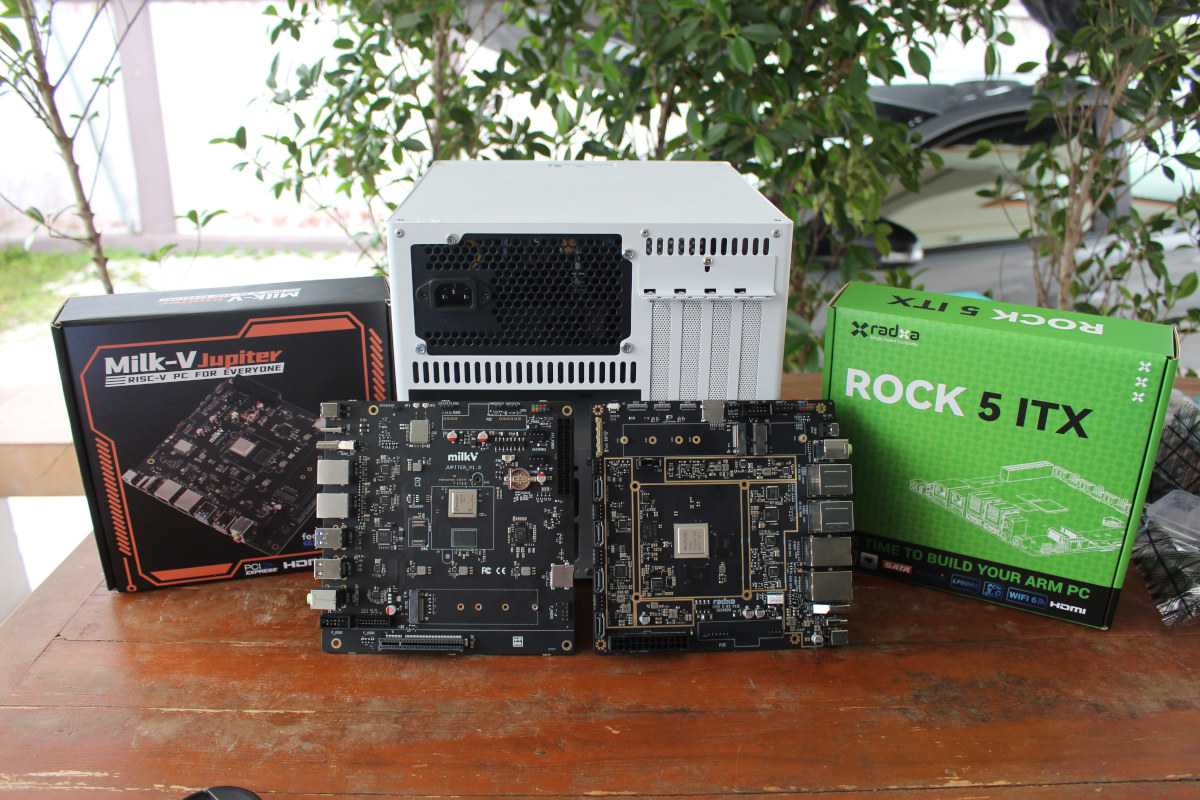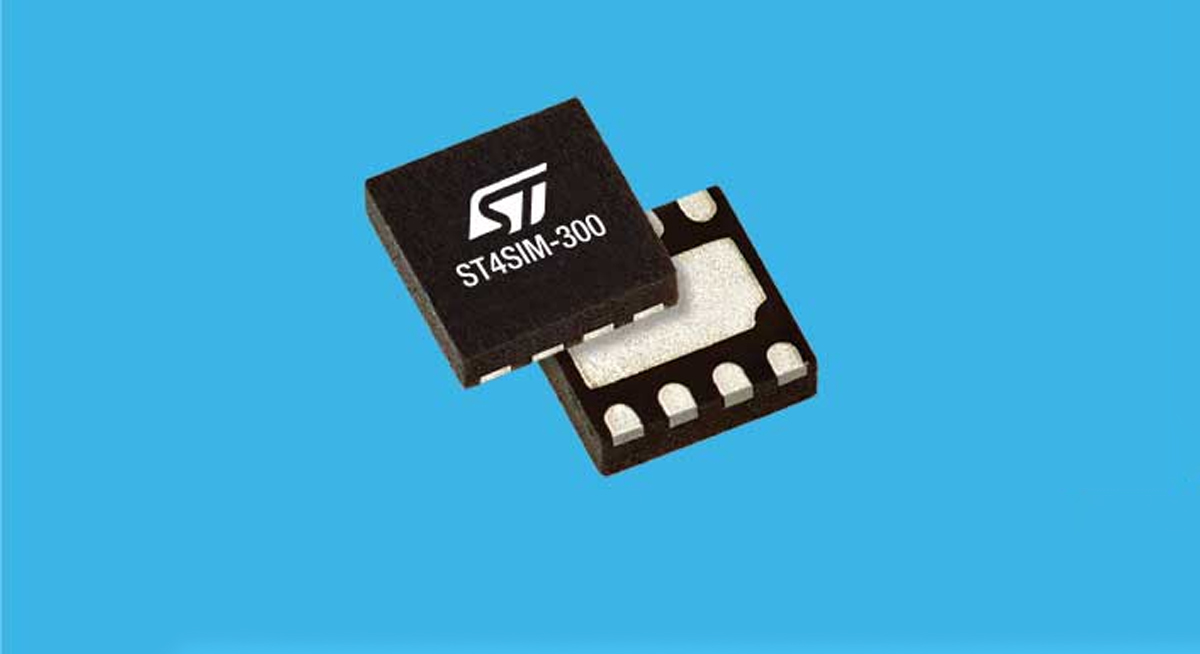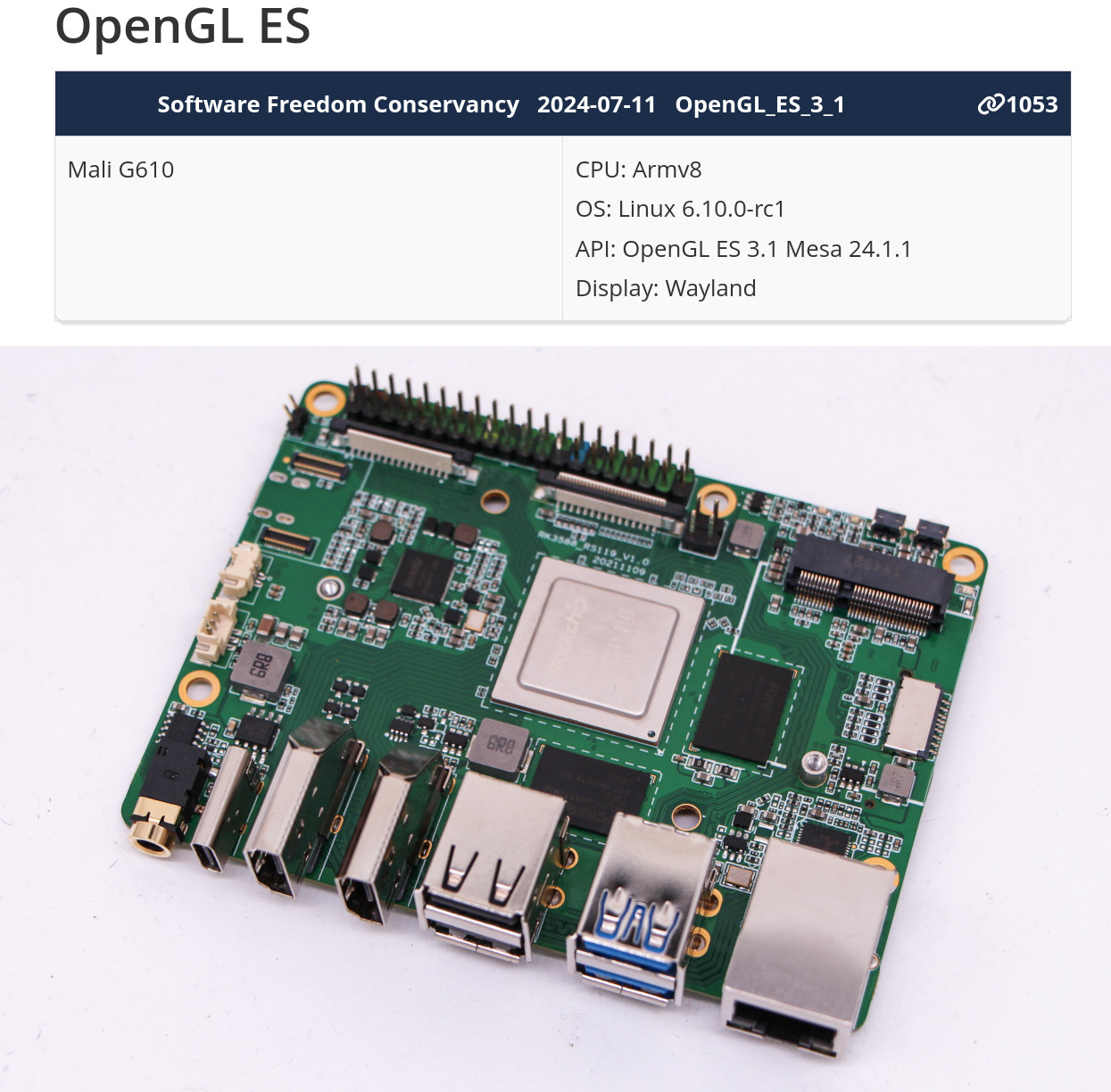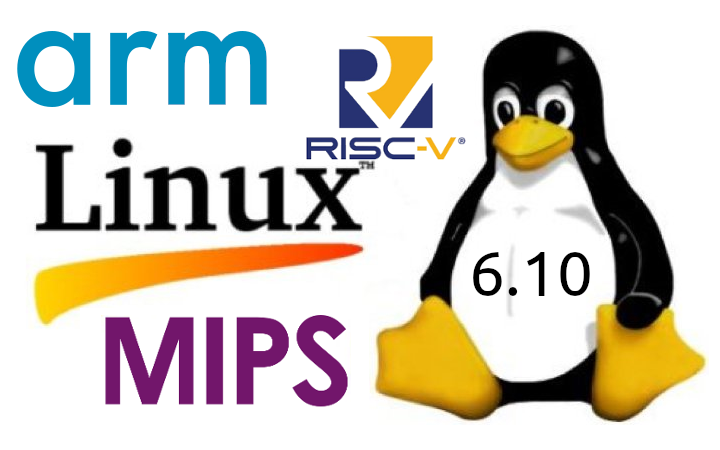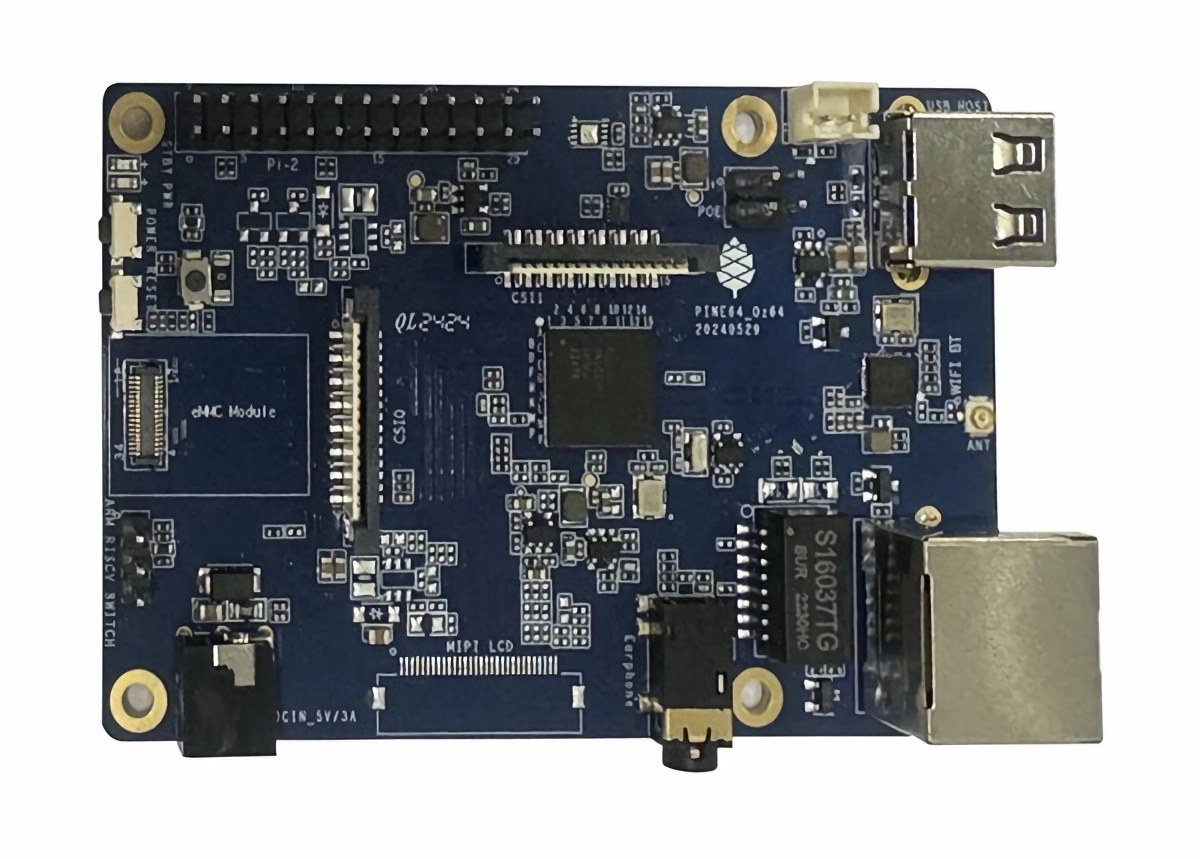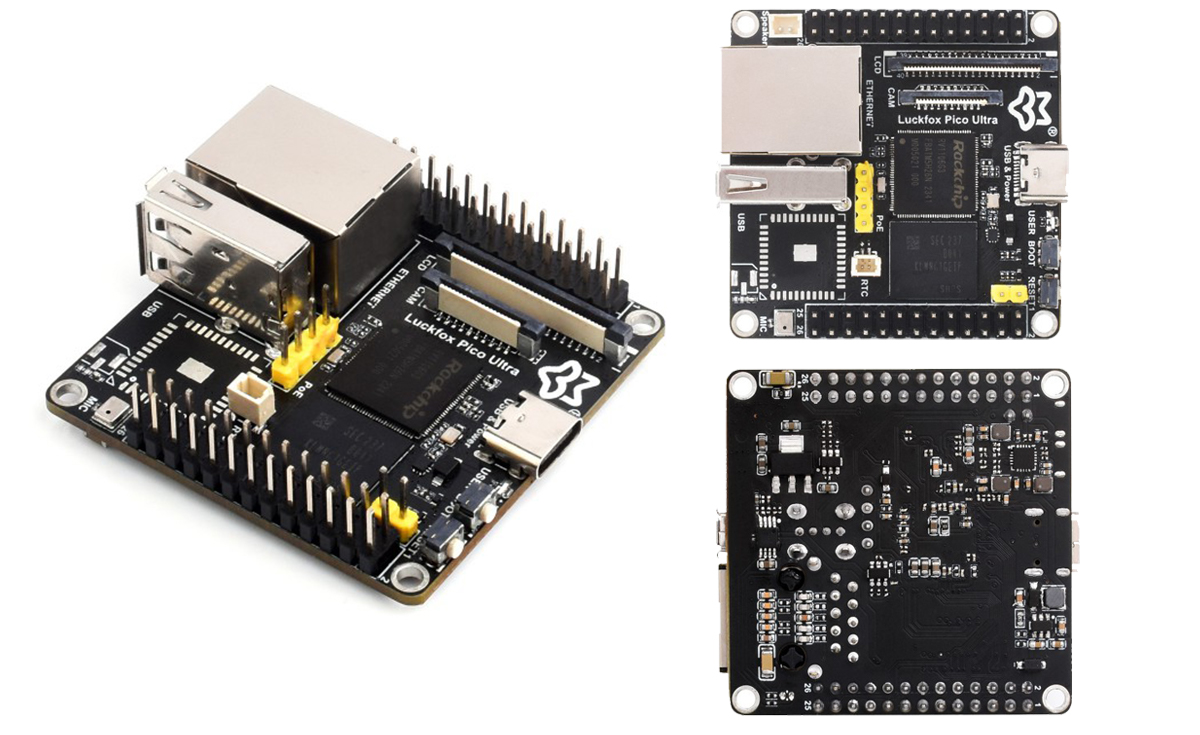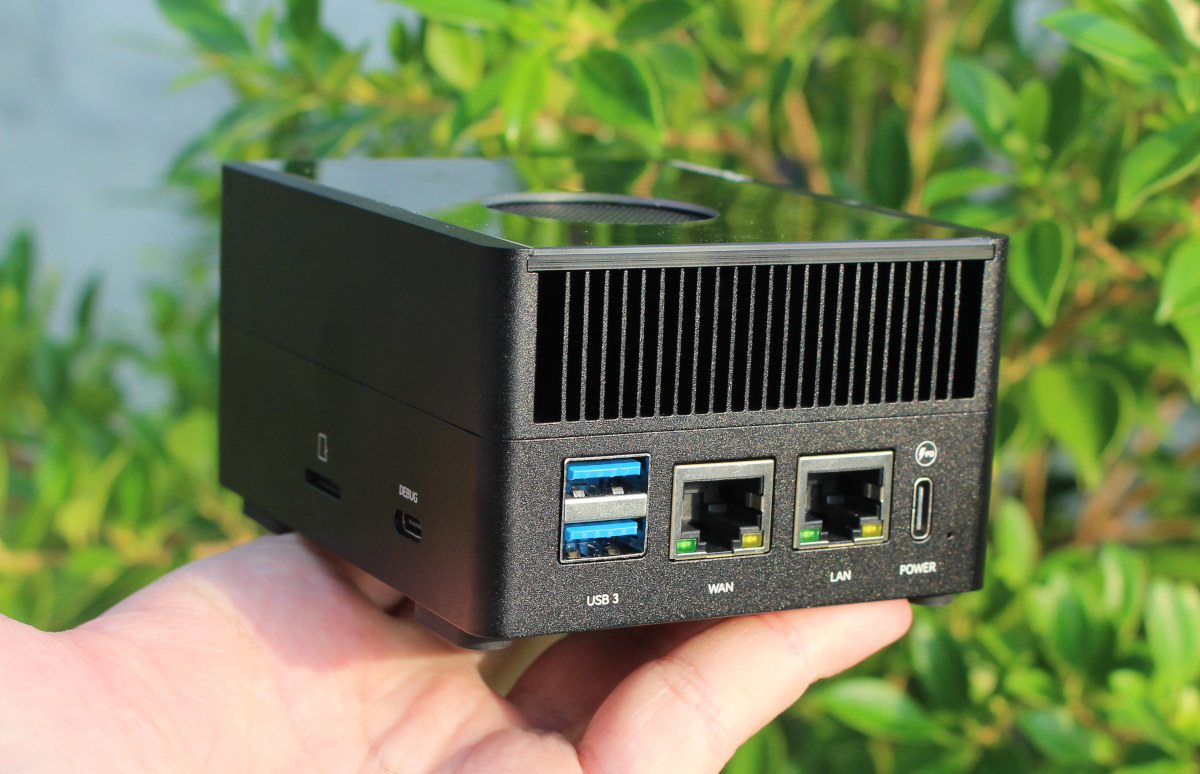STMicroelectronics has recently revealed the reference design for “EVLDRIVE101-HPD” their homegrown BLDC motor driver board that can drive up to a 750W BLDC motor. This compact 50 mm (1.9-inch) circular PCB combines STDRIVE101 3-phase, triple half-bridge gate-driver IC with an STM32G0 microcontroller, which is responsible for driving three-phase brushless motors. The driver board supports various motor-control strategies, including trapezoidal and field-oriented control (FOC), with both sensor’ed and sensorless rotor-position detection. Additionally, it has a wide operating voltage range of 5.5V to 75V and includes STL220N6F7 60V STripFET F7 MOSFETs, which have very low Rds(on) for high efficiency. Other features of the board include ultra-low power consumption in sleep mode, a single-wire debug interface, direct firmware update capability, and protection mechanisms such as under-voltage lockout, overtemperature protection, and cross-conduction prevention. All these features make this board suitable for applications like hairdryers, handheld vacuums, power tools, fans, drones, robots, and industrial equipment […]
Building a workstation with Radxa ROCK 5 ITX (Arm) or Milk-V Jupiter (RISC-V) mini-ITX motherboard – Part 1: The hardware
Radxa ROCK 5 ITX is a mini-ITX motherboard powered by a Rockchip RK3588 octa-core Cortex-A76/A55 processor, and the Shenzhen Milk-V Jupiter is another mini-ITX motherboard, but based on SpacemIT K1 octa-core 64-bit RISC-V processor instead. When Radxa contacted me about reviewing those, I thought it would be interesting to review a complete kit with a mini-ITX case since I had never built this type of system myself. Yesterday, I was surprised to receive two large packages and thought maybe a company sent me a 3D printer or laser engraver kit, but instead, I got one package with the two Arm and RISC-V mini-ITX motherboards and another with a mini-ITX NAS enclosure with 6x SATA bays. Radxa ROCK 5 ITX unboxing Let’s look at the ROCK 5 ITX motherboard and accessories first. The motherboard ships with a rear panel and two screws for the M.2 module. The motherboard features the Rorkchip […]
STMicro ST4SIM-300 eSIM complies with SGP.32 GSMA eSIM Standard for IoT
STMicroelectronics has recently released the ST4SIM-300 eSIM, the first embedded SIM (eSIM) IC that complies with the new GSMA eSIM IoT Technical Specification (SGP.32). The chip is fully compliant with remote SIM provisioning of the GSMA eSIM IoT standards, so it works with 2G, 3G, 4G (LTE), CDMA, NB-IoT, and Cat-M networks. It is designed for small IoT devices and allows system operators to remotely program device subscriber identities over the air (OTA), making it a plug-and-play solution for seamless integration and management. Previously, we have written about Hologram’s IoT eSIM Chip that provides global connectivity and comes with 2FF, 3FF, 4FF, and Mff2- M2M form factors. We have also written about the Conexio Stratus Pro battery-powered nRF9161 development kit that supports eSIM as an option. ST4SIM-300 eSIM specifications Microcontroller – ST33K1M5M 32-bit Arm Cortex-M35P MCU Designed based on eSIM + eSE (embedded Secure Element) I/O Asynchronous serial I/O port […]
Panthor open-source driver achieves OpenGL ES 3.1 conformance with Arm Mali-G610 GPU (RK3588 SoC)
Collabora has just announced that the Panthor open-source GPU kernel driver for third-generation Arm Valhall GPUs (Arm Mali-G310, Mali-G510, Mali-G610, and Mali-G710) has now achieved OpenGL ES 3.1 conformance with the Arm Mali-G610 GPU found in the Rockchip RK3588 SoC. Just a few days ago, Linux 6.10 was released with “support for Mali CSF-based GPUs found on recent Arm SoCs from Rockchip or Mediatek”, as expected from the earlier article entitled “Panthor open-source driver for Arm Mali-G310, Mali-G510, Mali-G610, and Mali-G710 GPUs to be part of Linux 6.10” published last March. But this did not say anything about the level of support for the Valhall GPU since it’s common for new hardware to be added with minimal support, and OpenGL ES 3.1 compliance means it’s ready for business… Collabora’s announcement explains this was tested on a Radxa Rock 5B single board computer: The conformance tests ran on a Rock5b board […]
Linux 6.10 Release – Notable changes, Arm, RISC-V, and MIPS architectures
Linux Torvalds has announced the release of Linux 6.10 on LKML: So the final week was perhaps not quote as quiet as the preceding ones, which I don’t love – but it also wasn’t noisy enough to warrant an extra rc. And much of the noise this last week was bcachefs again (with netfs a close second), so it was all pretty compartmentalized. In fact, about a third of the patch for the last week was filesystem-related (there were also some btrfs latency fixes and other noise), which is unusual, but none of it looks particularly scary. Another third was drivers, and the rest is “random”. Anyway, this obviously means that the merge window for 6.11 opens up tomorrow. Let’s see how that goes, with much of Europe probably making ready for summer vacation. And the shortlog below is – as always – just the last week, not some kind […]
Pine64 Oz64 RISC-V+Arm SBC to support NuttX RTOS and Debian Linux
Pine64 Oz64 is an upcoming credit card-sized SBC based on the SOPHGO SG2000 RISC-V+Arm(+8051) processor that currently runs NuTTX RTOS, and a Debian Linux image is also in the works. With a name likely inspired by the earlier Pine64 Ox RISC-V SBC, the Oz64 is a more powerful embedded board with 512 MB of DRAM integrated into the SG2000, a microSD card, an eMMC flash module connector, Ethernet port, WiFi 6 and Bluetooth 5.2, a USB 2.0 Type-A host port, and a 26-pin GPIO header. Pine64 Oz64 specifications: SoC – SOPHGO SG2000 Main core – 1 GHz 64-bit RISC-V C906 or Arm Cortex-A53 core (selectable) Minor core – 700 MHz 64-bit RISC-V C906 core Low-power core – 25 to 300 MHz 8051 MCU core with 8KB SRAM NPU – 0.5 TOPS INT8, supports BF16 Integrated 512MB DDR3 (SiP) Storage MicroSD card slot eMMC flash module connector Display – Optional 2-lane […]
Luckfox Pico Ultra micro development board features MIPI CSI, WiFi 6, Ethernet, PoE, GPIO headers, and more
The Luckfox Pico Ultra is a Rockchip RV1106-based Linux micro development board with a MIPI CSI port, an Ethernet port, and a 0.5 Tops NPU to run AI and image processing applications. Additionally, it features a speaker header, RGB LED header, GPIO, UART, SPI, I2C, USB, and much more. Waveshare also offers a “W” version of the Pico Ultra with built-in 2.4 GHz Wi-Fi 6 and Bluetooth 5.2. If you want to add PoE support, you can connect to the board with a separate PoE module. Luckfox Pico Ultra Specifications SoC – Rockchip RV1106G3 CPU – Arm Cortex A7 @ 1.2GHz with an integrated RISC-V co-processor. NPU– 0.5 TOPS, supports INT4/INT8/INT16, TensorFlow/MXNet/PyTorch/Caffe/Onnx NN ISP – 5MP high-performance, HDR, WDR, 3DNR, 2DNR, sharpening, defogging, fisheye and gamma correction, feature detection VPU – 3072×1728 (5M) @ 30fps H.265/H.264 encoding, 16M @ 60FPS JPEG snapshot System Memory – 256MB DDR3L Storage – 8GB eMMC flash Display Interface – […]
Radxa Fogwise Airbox edge AI box review – Part 1: Specifications, teardown, and first try
Radxa Fogwise Airbox, also known as Fogwise BM168M, is an edge AI box powered by a SOPHON BM1684X Arm SoC with a built-in 32 TOPS TPU and a VPU capable of handling the decoding of up to 32 HD video streams. The device is equipped with 16GB LPDDR4x RAM and a 64GB eMMC flash and features two gigabit Ethernet RJ45 jacks, a few USB ports, a speaker, and more. Radxa sent us a sample for evaluation. We’ll start the Radxa Fogwise Airbox review by checking out the specifications and the hardware with an unboxing and a teardown, before testing various AI workloads with Tensorflow and/or other frameworks in the second part of the review. Radxa Fogwise Airbox specifications The specifications below come from the product page as of May 30, 2024: SoC – SOPHON SG2300x CPU – Octa-core Arm Cortex-A53 processor up to 2.3 GHz VPU Decoding of up to […]


